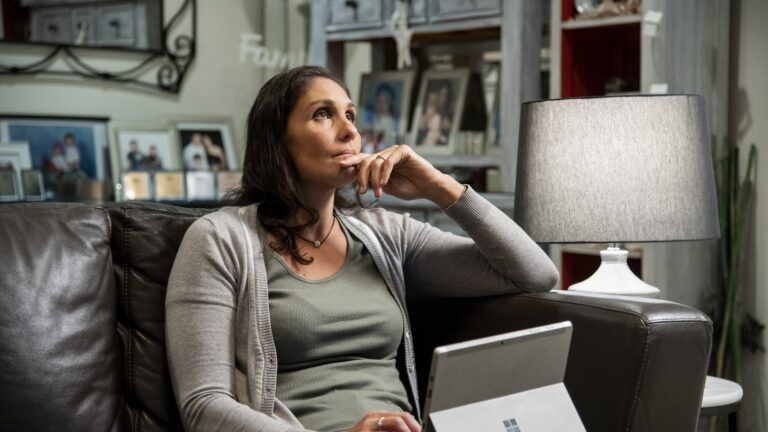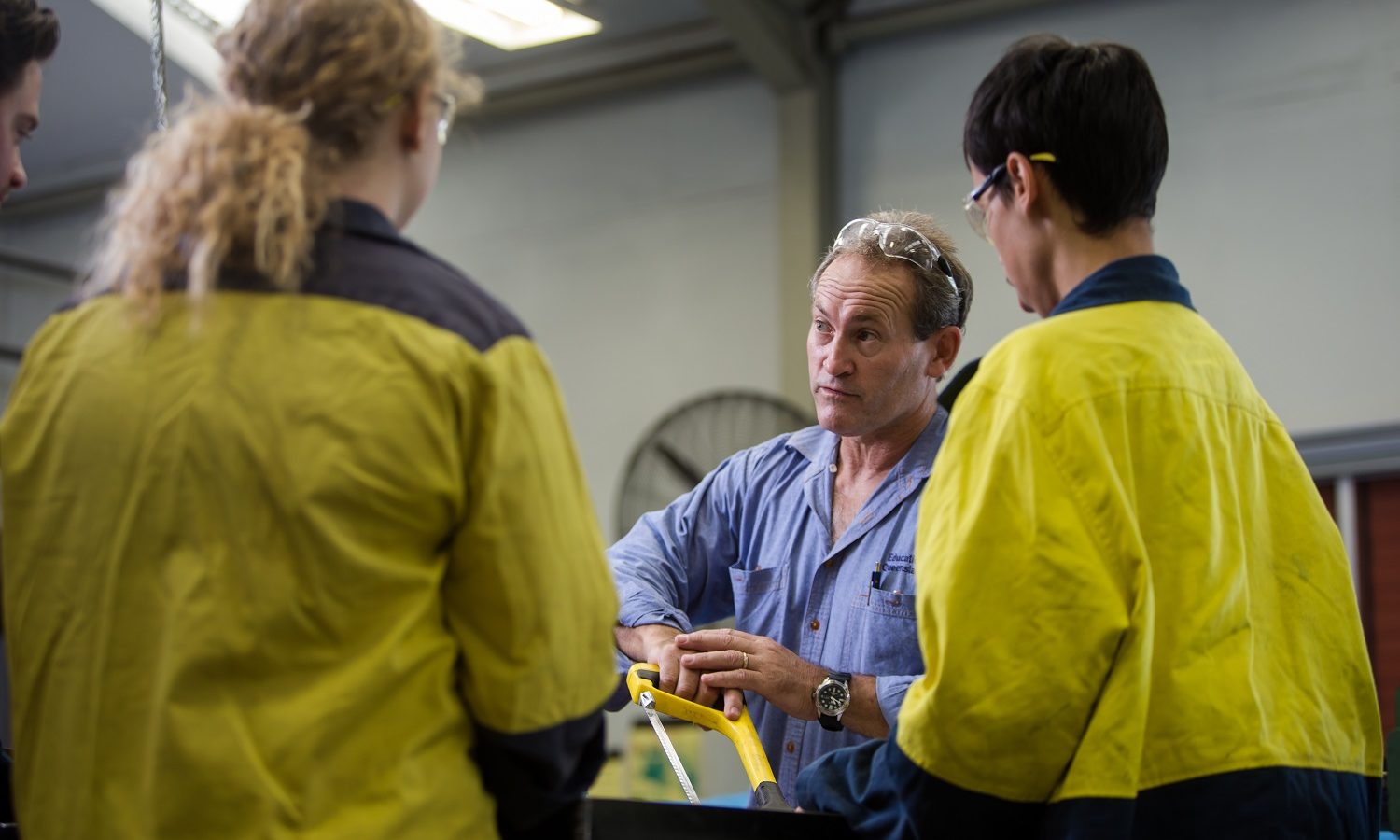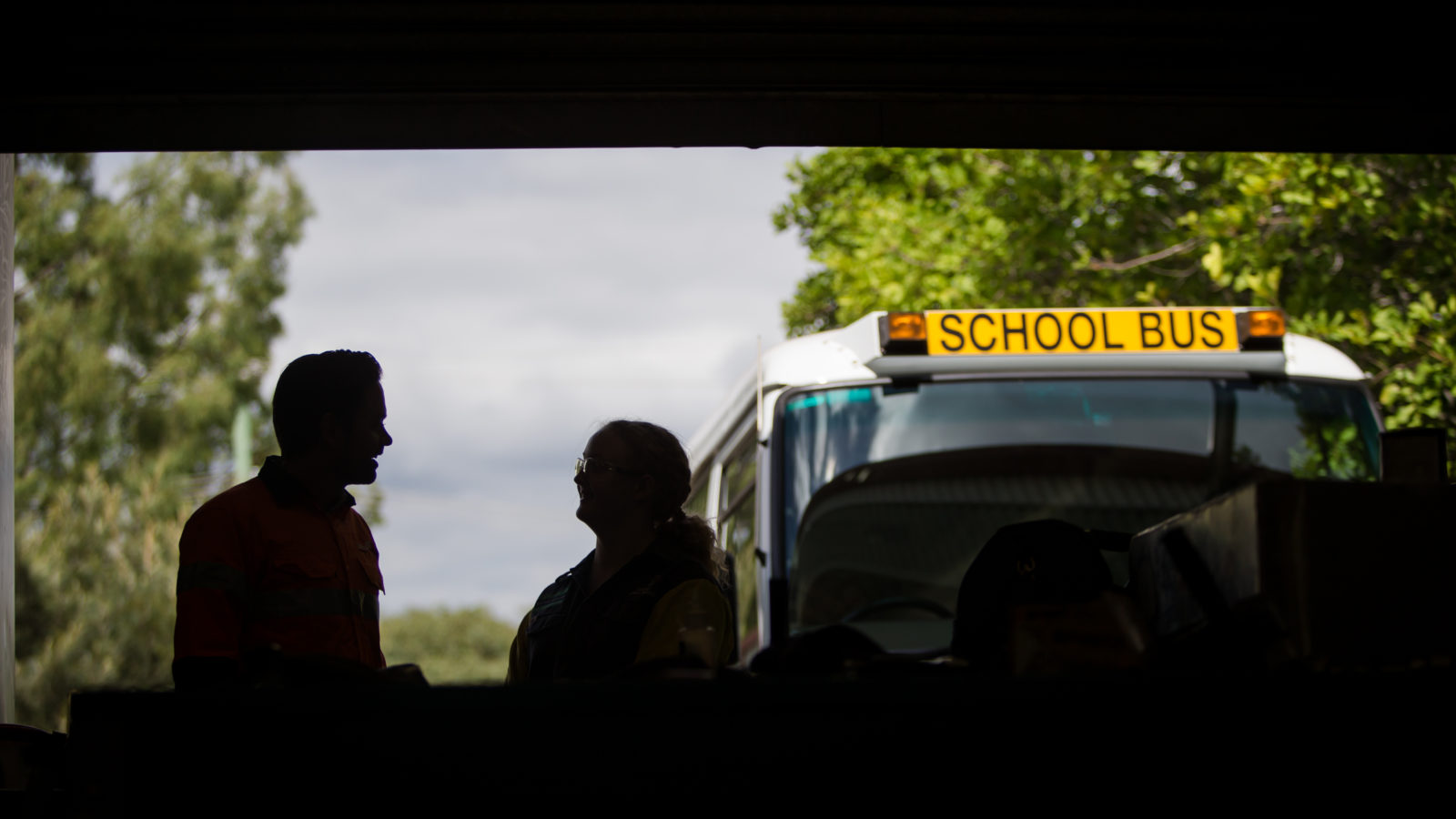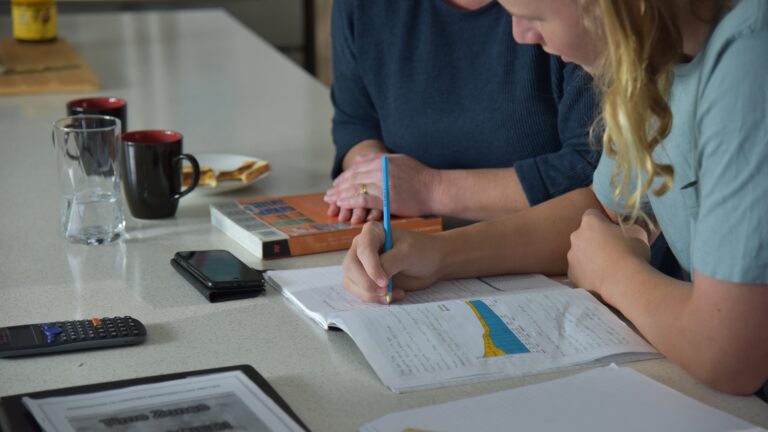In year 10, students will work with the school to design their own Senior Education and Training (SET) plan, selecting from a range of subjects offered by their school.
Not SET in stone
Don’t panic – your child’s SET plan isn’t set in stone! Many young people don’t know what they want to do after school, and to create a plan for their learning pathway can seem daunting, but it doesn’t have to be.
Individualised student SET plans are finalised by end of year 10, however are reviewed, and updated (if necessary) throughout the senior years of schooling.
Senior years planning
Their SET Plan maps out a plan of action for students to achieve their educational goals, and can help remain on track for post school pathways; which may be subject pre-requisites, eligibility to receive an Australian Tertiary Admission Rank ATAR and Queensland Certificate of Education (QCE) or an equivalent such as the Queensland Certificate of Individual Achievement (QCIA).
Senior schooling years allow students to make subject choices, to tailor their learning to their areas of interest. They can also add extracurricular programs to count toward their ATAR and if need be can take longer, or come back, to complete their QCE credits and graduate year 12. There are options.
Some may choose to swap out electives to complete a certificate or school-based apprenticeships and traineeships. The school, registered training agency or employer offering the apprenticeship will help to facilitate this pathways option. See the Queensland Government website for more information.
Who can help?
Your school will have a trained staff member who will work with each student to understand what options they have and find a pathway that suits them.
Each school may offer slightly different elective and in-school training options. To seek help, contact the school to arrange a meeting with the guidance officer or your child’s teacher. If you work closely with your child’s school and you are not comfortable with the outcome, please contact your Department of Education local regional office to seek help.
Last Updated: 21 December 2022





